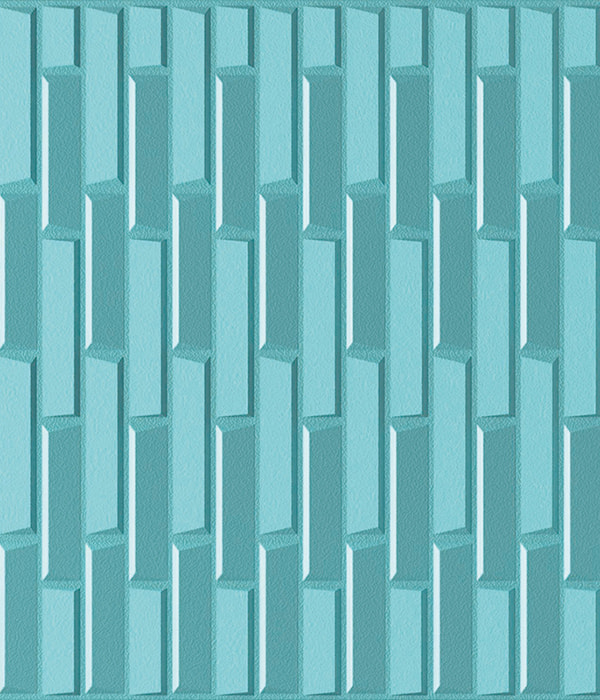Ceilings are an important part of every home, and the materials they are made from can have a great impact on the room’s aesthetics. That’s why builders are careful about choosing the right material for their projects. PVC is an ideal choice for a wide range of applications, including decorative ceilings and walls.
The material is lightweight and durable, making it a good choice for any project. It also doesn’t require a lot of maintenance or repairs, saving you time and money in the long run.
These PVC ceiling panels are available in a variety of designs and colours, and can be customized to fit your needs. Some designs are made to look like wood or marble, while others are more contemporary and stylish.
There are also options that are easy to install, such as v-groove and flush effect panels. These are manufactured in a mould and have a tongue on one side, which is designed to be slotted into a groove on the opposite edge. This is then fixed to the brandering using a TS16 or SSDS16 PVCSA approved screw.
Installation is a simple process, but you should ensure that the screw head is fastened properly and sits flush with the groove on the panel. You should also clip the second panel with the tongue into the first’s groove and knock it gently on the side to secure close fitment, before carrying on with the rest of the panels.
If you want your PVC ceiling to stand out from the rest, consider adding a chrome strip as part of the design. These have become popular as they add a touch of elegance and are easy to install.
The strips are usually a chrome finish, but gold and other colours can be used as well. Some manufacturers have also added a chrome strip that slots in between two panels, which makes fitting them less fiddly.
Another option is to use a coloured infill strip that can be fitted onto the tongue of each panel. These can be self-adhesive or clips in place. This method can make fitting a little easier but you need to be careful as the infill strip can fall off and leave marks on the finished ceiling.
This can be a problem if you’re working on an awkwardly shaped ceiling, and the strip needs to be moved around. You can also fix small lengths of timber as props, to help hold the strips in position and prevent them from slipping off the brandering.
You can install PVC ceiling panels yourself or call in the experts to do the job for you. In fact, they are so easy to install that they can be completed in a day or two.
The panels are also mildew-resistant and hygienic, so they don’t get dirty quickly or cause bacteria to grow. That’s especially useful for bathrooms, where the moisture is high and can lead to the development of mould.


 English
English Español
Español



